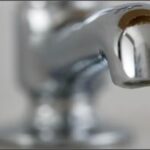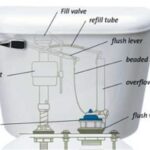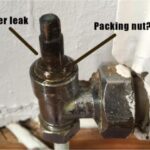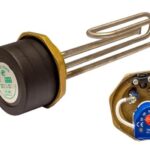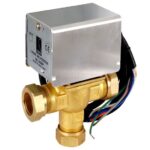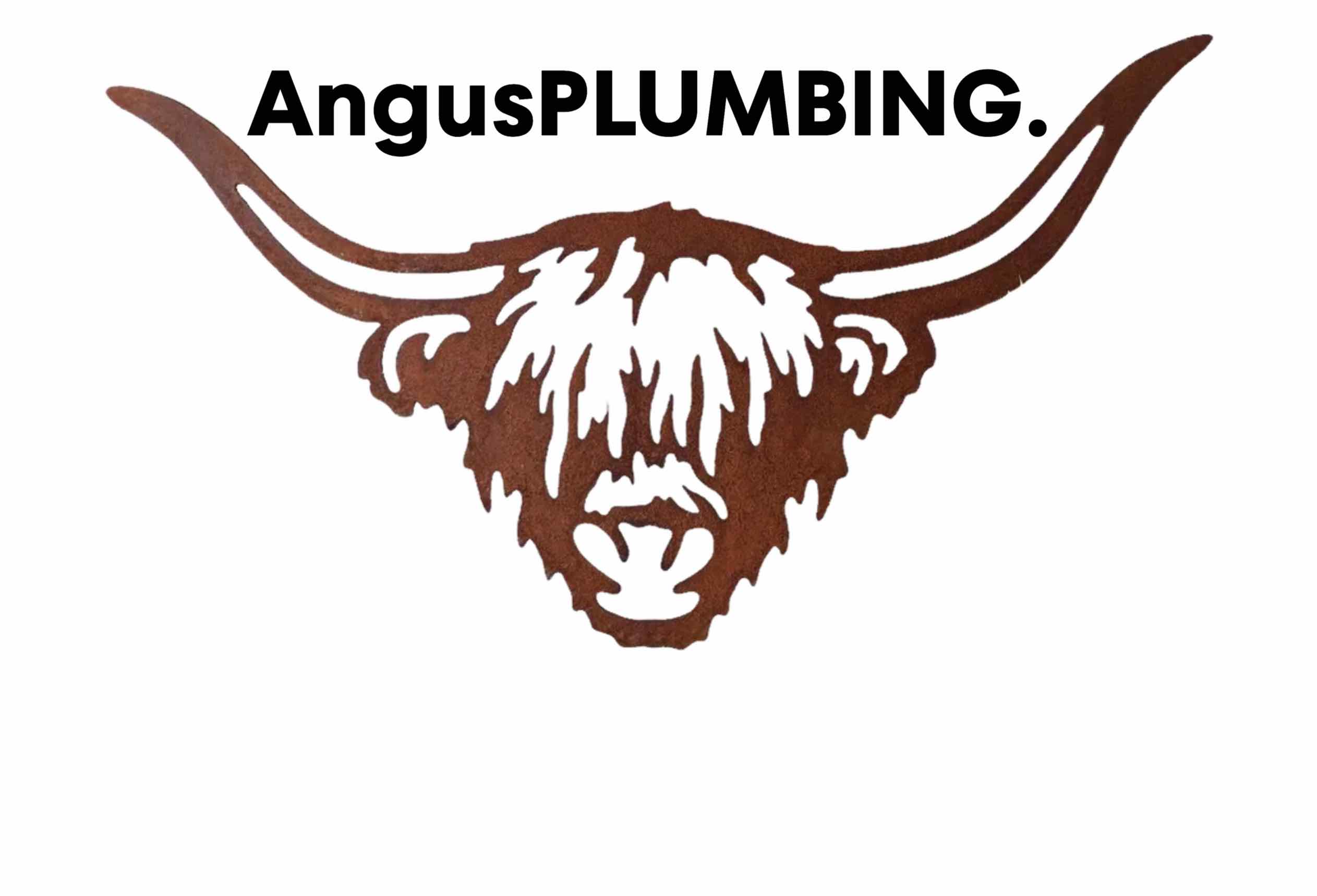The practical no frills guide.
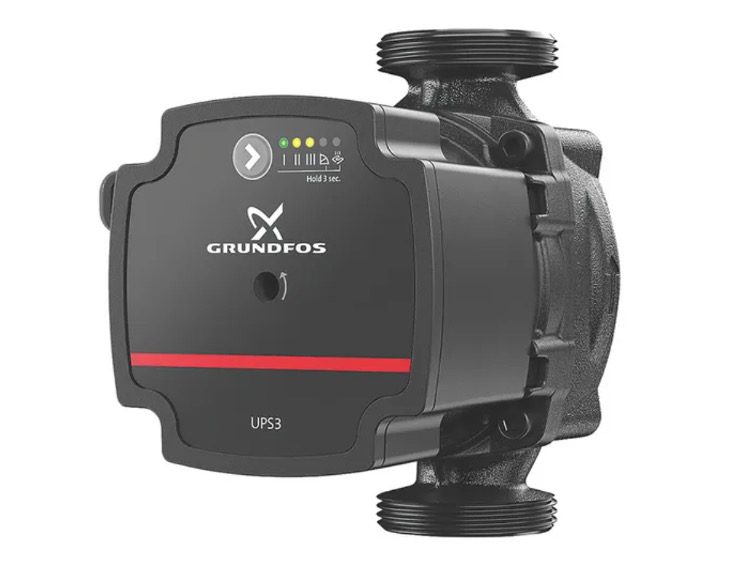
Repairing a domestic boiler pump involves addressing issues related to heating, water circulation, and potential malfunctions.
Mastering domestic boiler pump repair, the no frills guide gives you a working step by step approach for DIY domestic boiler pump repair.
Keep in mind that working on boilers involves potential hazards, and if you’re unsure or uncomfortable, always consult with a professional.
Before undertaking any/all plumbing, heating or related work you should always take your own independent professional advice.

Plumber - Paul
Paul's a member of the Chartered Institute of Plumbing & Heating Engineers, Water Regs UK (formerley WRAS – Water Regulations Advsiory Scheme) certificated as well as a qualified unvented cylinder engineer and a qualified heat pump engineer.
Domestic boiler pump - how can you tell is a needs repair
A domestic boiler pump is a critical component of a heating system, and signs of trouble should be addressed promptly. Here are common indicators that your domestic boiler pump may need repair.
Lack of heat
If your home is not reaching the desired temperature, it could be a sign that the boiler pump is not effectively circulating hot water through the system.
Uneven heating
Rooms in your home may experience uneven heating, with some being too warm while others remain cold. This can be indicative of circulation issues that may involve the pump.
Strange noises
Unusual sounds such as banging, whirring, or grinding coming from the boiler pump or heating system could suggest mechanical issues that need attention.
Leaking water
Any visible water leaks around the pump or boiler may indicate a problem. Leaks can lead to a loss of system pressure and reduced efficiency.
Loss of pressure
A noticeable drop in boiler pressure may be a sign of a pump issue. Check the pressure gauge on the boiler to ensure it’s within the recommended range.
Frequent cycling
If the boiler is turning on and off more frequently than usual, it may be struggling to maintain the set temperature, indicating a potential issue with the pump.
Cold radiators
If radiators or baseboard heaters are cold even when the boiler is on, there may be a circulation problem that the pump is unable to address.
Air in the system
If you hear gurgling or hissing sounds, it may indicate the presence of air in the heating system. Bleeding air from the system may be necessary.
Pump motor issues
Overheating, unusual noises, or visible damage to the pump motor may signal a need for repair or replacement.
System age
If your boiler pump is reaching the end of its expected lifespan (typically around 10-15 years), it may be more prone to issues and might require attention.
Increased energy bills
A sudden spike in energy bills without an apparent reason could be due to reduced efficiency caused by a malfunctioning boiler pump.
If you notice any of these signs, they should be taken care of promptly. Regular maintenance, including bleeding air from the system and checking for leaks, will help prevent problems before they become severe. If you’re not comfortable diagnosing or repairing the pump yourself, ask a suitably qualified professional.
Fixing your boiler pump - step by step
Safety first – always work safely and according to your knowledge and skills.
Step 1. Turn off power
Locate the circuit breaker for the boiler system and turn it off.
Shut off the power supply to the pump.
Step 2. Diagnose the problem
Check for power supply issues
Ensure that the boiler is receiving power. Check the circuit breaker, fuses, and any power switches associated with the boiler.
Inspect the thermostat
Verify that the thermostat is set to the desired temperature and is functioning correctly.
Step 3. Check electrical components
Inspect wiring
Examine the wiring for any signs of damage or loose connections. Tighten any loose connections and replace damaged wires.
Test the capacitor
Use a multimeter to test the capacitor. A faulty capacitor can cause the pump motor to fail. If it’s defective, replace it.
Step 4. Inspect the pump motor
Lubricate the motor
If your boiler pump has oil ports, lubricate the motor according to the manufacturer’s guidelines.
Check for motor issues
Inspect the motor for visible damage, overheating, or unusual noises. If you find issues, you may need to replace or repair the motor.
Step 5. Address pump issues
Check for leaks
Inspect the pump for any water leaks. If found, address the source of the leak and replace any damaged components.
Bleed air from the system
If there’s air in the system, bleed it out using the designated valves. Air can affect pump performance.
Step 6. Check pressure and temperature
Check boiler pressure
Ensure that the boiler pressure is within the recommended range. Adjust as necessary.
Monitor temperature
Check if the pump effectively circulates hot water through the system.
Step 7. Consult the manual
Refer to manufacturer guidelines
Review the manufacturer’s manual for your specific boiler pump model. It often provides troubleshooting tips and instructions for common issues.
Step 8. Test the system
Restore power
Turn the power back on and observe the boiler pump’s operation.
Monitor performance
Check if the pump effectively circulates hot water and if the boiler maintains the desired temperature.
Step 9. Professional assistance
Professional help?
If the problem persists or if you’re unsure about any step, it’s best to contact a professional.
Signing-off
Remember, boilers can be complex systems, and DIY boiler pump repairs should be approached with caution.
If you’re at all uncomfortable or uncertain, seeking professional help is always a wise decision to ensure safety and a properly working heating system.
And if you’d like some help fixing your taps from our local Caversham plumbers near me, we’d be pleased to. We’re only a phone call, text, WhatsAp or email away!
AngusPLUMBING
(Caversham’s #1 plumbers)
Disclaimer
Our mastering series and blog are provided on an “as is” basis, in good faith and subject to change without notice. All reasonable efforts have been made to ensure its accuracy. However, this isn’t warrantied, and liability isn’t accepted for any damage or loss whether direct, indirect, special or consequential suffered by anyone in accessing, downloading, using or relying on it.

